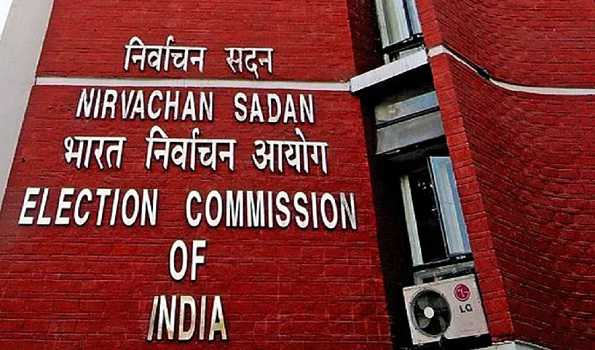
Mobilenews24x7 Bureau
Scaring to read that 25,000 to 28,000 people die due to heart attacks and the most deadly is how many fall victim to silent attacks. You sleep and sleep and never wake up, you are in office and rest your head on the desk and get immovable. All is over, one is dead.
A silent heart attack is a heart attack that has few, if any, symptoms or has symptoms not recognized as a heart attack. A silent heart attack might not cause chest pain or shortness of breath, which are typically associated with a heart attack.
People who have a silent heart attack might think they’ve had heartburn, the flu or a strained chest muscle. But a silent heart attack, like any heart attack, involves blockage of blood flow to the heart and possible damage to the heart muscle.
The risk factors for a silent heart attack are the same as those for a heart attack with symptoms. Risk factors include:
- Age
- Diabetes
- Excess weight
- Family history of heart disease
- High blood pressure
- High cholesterol
- Lack of exercise
- Prior heart attack
- Tobacco use
Having a silent heart attack increases the risk of having another heart attack, which could be deadly. Having another heart attack also increases the risk of complications, such as heart failure.
There are no tests to determine the potential for having a silent heart attack. For those with risk factors, a health care provider can evaluate and treat the risks to reduce the chance of having a silent heart attack. Imaging tests, such as an electrocardiogram or echocardiogram, are the only way to identify a silent heart attack.
If you think that you’ve had a silent heart attack, talk to your health care provider. A review of your symptoms and health history and a physical exam can help your provider decide if you need more tests.






